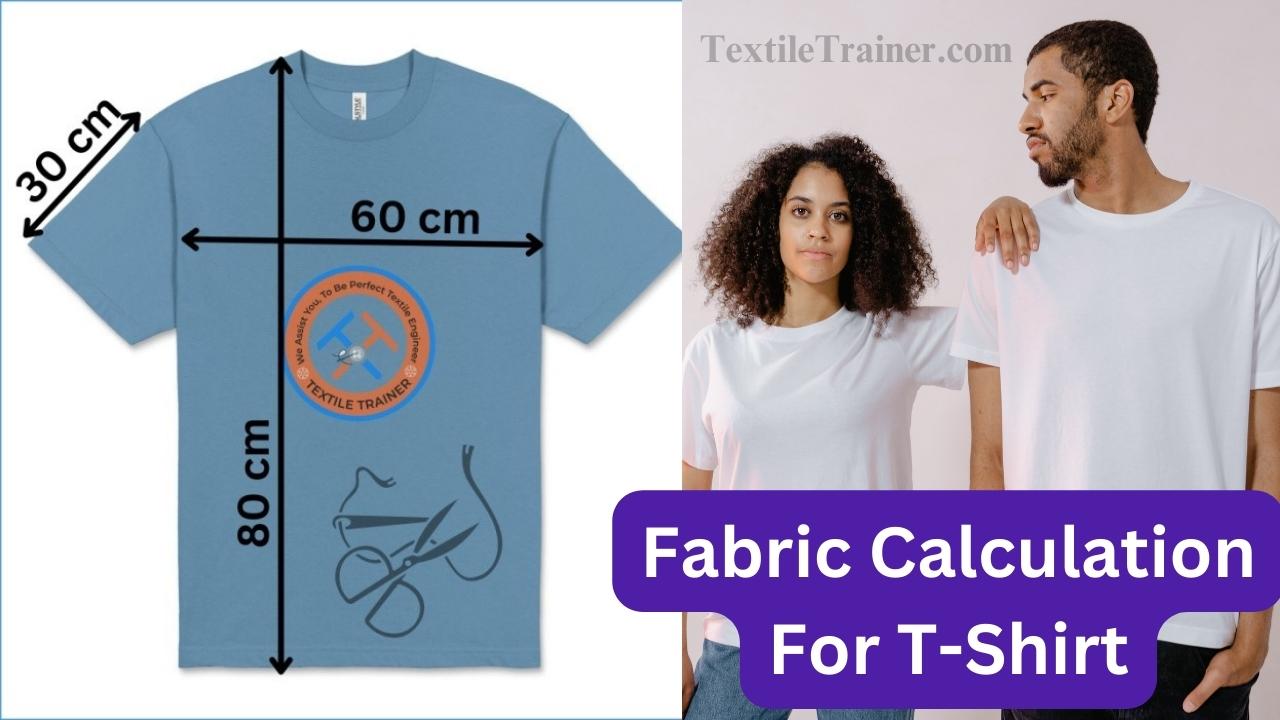4 Most Important Factor for Supplier Evaluation in Apparel Industry
Introduction
Most 4 important factor for supplier evaluation in apparel industry is described in this article. The basic requirement of vendor evaluation or supplier evaluation is to develop an objective way to evaluate vendors or supplier for selecting the best within the best. The evaluation process is done to keep in consideration all the relevant factors for supplier evaluation and subjective issues that can influence selection are considered. Supplier evaluation is an important task in the apparel industry. There are two types of suppliers in the apparel industry. They are
- Nominated supplier
- Non-nominated supplier.

In small garments factory, total sourcing process is done by a merchandiser. sometimes merchandiser select the supplier or vendor. So, a merchandiser should be know about supplier evaluation. Because, right supplier can delivery product with high quality. However, every merchandiser have to know factor for supplier evaluation. But in big garments factor, there are another department name supply chain management department. They works to provide proper product with quality to meet up the shipment of the garments. Beside,
Factor for Supplier Evaluation
The important factor for vendor evaluation in apparel industry can be classified into 4. They are:
- Pricing factors
- Quality factors
- Delivery factors
- Services factors
Now, I will discuss all the factor for supplier evaluation in the apparel industry one by one.
1. Pricing Factors
There are various pricing factors which influence the supplier evaluation in apparel industry such as price stability, accuracy in pricing, competitive pricing, price change notification in advance, price sensitivity, and billing.
- Price stability: Price of garments is important factor. Prices should stable over time and should not increase or decreased frequently.
- Accuracy in pricing: All supplier should be ensure price accuracy. If a difference exists between the purchase and invoice prices, it should be minimal, thus ensuring greater pricing accuracy.
- Competitive pricing : The pricing given in the quotation by the vendor should be competitive and should be more equal to other vendors who have given the quotation. Vendors should provide pricing based on competition if their pricing is on the high side.
- Price change notification in advance: Suppliers should notify customers well in advance of price changes.
- Price sensitivity : To price the product appropriately, the supplier should understand the customer’s needs and pricing sensitivity. He/she should also suggest ways to reduce costs.
- Billing: Invoices from vendors should be accurate, easy to understand, and free of errors. The invoices should prepare by the vendor properly.
2. Quality Factors
In apparel industry, the quality factors to be considered are purchase order compliance, and conformity to specifications, reliability, long life, service, after-sales support, latest technology usage.
- Purchase order compliance: Suppliers should comply with purchase order terms and conditions.
- Conformity to specifications: Material delivered should meet the customer’s specifications as requested in the purchase order.
- Reliability: It is an important measure of the quality of the product. Failures should be minimal and within a reasonable range. Service factors should be clearly mentioned in the quotation.
- Long life: Products and services delivered should have a long life and be durable.
- After sales support: Vendors must resolve any product or service issues after sales as soon as possible. Warranty details should be clearly stated during quotation issues and product delivery.
- Latest technology usage: Products and services delivered should be based on the latest technology.
3. Delivery Factors
The delivery factors to be considered are time, quantity, lead time, packing and documentation.
- Time: It is important for the supplier to adhere to the delivery date listed on the purchase order. He or she should not deviate from it.
- Quantity: The delivered items should not have any deviations in quantity.
- Lead time: Suppliers should maintain a shorter lead time than their competitors.
- Packing: A product’s packaging should be according to the requirements of the customer and should not be easily damaged. It should also be free of leaks or pilferage.
- Documentation: Suppliers should provide all the required documents during delivery, such as packing lists, delivery challans, warranty cards, invoices, and product manuals.
4. Service Factors
Vendor evaluation and selection influence greatly by service. Poor service may cause a vendor to be avoided. It is imperative that the vendor has a win-win attitude toward the customer and ensures the customer gets the best product at a reasonable price by always taking a win-win approach. As well as adopting a professional approach, he/she should be able to handle customer complaints and issues with more courtesy. Customers should be able to resolve their technical issues with the product or service if the vendor has technical expertise
Sample Supplier Audit Format
| Category | Selection | Fully meets-1 | Partially meets-2 | Does not meet-3 | Critical failure-4 | Not applicable-5 |
| Management responsibility | Management commitment and review | |||||
| Fundamentals | Infrastructure | |||||
| Sanitation | ||||||
| Pest control | ||||||
| Chemical control | ||||||
| Personnel practices | ||||||
| Training and education | ||||||
| Handling, storage and delivery | ||||||
| Vendor approval | ||||||
| Control materials | ||||||
| Traceability and crisis management | ||||||
| Calibration, measuring and test equipment | ||||||
| Food security | ||||||
| Maintenance | ||||||
| Food safety and HACCP systems | HACCP testing | |||||
| Microbiological testing | ||||||
| Environmental monitoring | ||||||
| Chemical sensitivities | ||||||
| Foreign material control | ||||||
| Manufacturing quality systems | Conformance to customer specifications | |||||
| Good laboratory practices | ||||||
| Process control | ||||||
| Document control and record keeping | ||||||
| Continuing guarantee | ||||||
| Corrective and preventive action | ||||||
| Continuous improvement | ||||||
| Customer service | ||||||
| Regulatory consideration | Labelling approval | |||||
| Regulatory compliance | ||||||
| Audit score:………………………………Reviewed by:……………………………………….. Follow-up required? ……………………. If yes, provide details:…………………………………………………………………………… | ||||||
Reference
- Belal, P. D. (2016). Understanding Textiles for a Merchandiser. Dhaka: L.B Graphics and Pringing.
- Corbman, B. P. (1987). Textile Fiber to Fabric. Singapore: McGraw Hill Book Co.
- Kadolph, S. J. (2006). Textiles. New Delhi: Pearson Education.
- R. Rathinamoorthy, R. S. (2018). Apparel Merchandising. Chennai: Woodhead Publishing India Pvt. Ltd.
You May Read:
- Apparel Analysis with Example : Easy 7 Steps of Polo Shirt Analysis
- 50 Terminologies Used in Merchandising in Apparel Industry: Most Useful
- Exploring Innovative 4 Alternative Methods of Fabric Joining
- Best 10 Differences Between Sewing Method and Alternative Method of Fabric Joining
- Study on Industrial sewing machines: A Comprehensive Guide to Types and Application in Apparel Manufacturing



